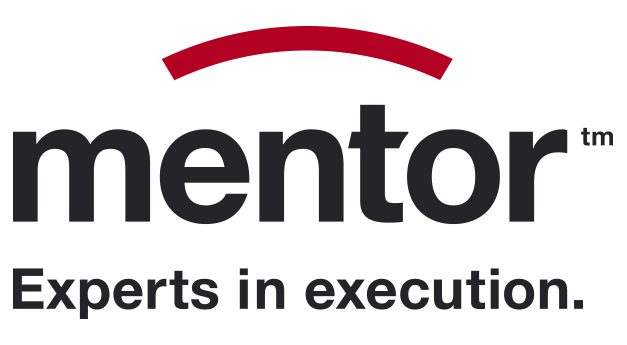Let’s stop hammering screws
Review the updated article, where Mentor CEO David Hilliard explains why PRINCE2 and other similar methodologies are not a magic bullet for business-critical program success.
In a recent LinkedIn article David Hilliard, CEO discusses why in the complex world of program management there is still too much guesswork and speculation involved in program execution.
David talks about why the methodologies and tools available are good, as far as they go – but they are not clever enough to deal with the impulses, instincts, and nuances of people’s behaviour.
Read the short version below or the full article here. Let us know what you think.
Universal remedies for program management
When a business sets off on a complex infrastructure program, typically, they downplay risks and present an optimistic view of a program timetable. It’s a phenomenon known as optimism bias– but the benchmark data doesn’t lie.
The reasons for these huge expectation gaps have almost nothing to do with which program methodology was used e.g., PMBOK, Prince2.
What’s more, Oracle’s Primavera, EcoSys, or any other cure-all program management systems also appear to have little impact on success.
Part of the solution is to get a much better balance between the theoretical side of program management and the reality of working at the coal face of a complex business-critical program.
Program management methodologies definitely help teams think through what they have to do – yet on their own, they are not a magic bullet.
At best, they are a fairly narrow guide on how to approach a program – mainly from a process and checklist standpoint.
Yet, many companies believe the methodologies are a universal success remedy and work as a strong antibiotic.
In truth, without combined practical experience, they create an inflated sense of confidence and security.
Have you got a program management manual?
Client: “Yes, we do!”
David: “Do you use it?”
Client: “No, because it’s peppered with excessive red-tape and pointless bureaucracy. We have a copy somewhere but I haven’t seen it for a while. Let me see if I can find one for you.”
This vignette is not at all rare. It tells you many companies actually run programs freestyle – and use people, who think they know how to do it.
Methodologies must be driven by very experienced people. They should be skilled – not just in program management – but also in the specific type of program the business is thinking about.
What are the drawbacks of current methodologies?
In the last three decades, we have been involved in over 100 program turnarounds and, almost without exception, each company used certified program managers and methodologies.
Yet, even with committed people, strong functional skills and methodologies, these programs still became turnaround situations.
Even if there had been total compliance with a program methodology, there would still have been fatal execution gaps. Simply because these methodologies are just models.
They pay scant attention to crucial elements that really do make the difference between winning and losing – the people and cultural issues.
In our experience working in program management, we discovered the causes of program failure come down to six distinct areas.
They are Alignment, Planning, Organisation, Suppliers, Dependencies and Culture.
The cumulative effect of these omissions and oversights meant failure had been designed-in to all of the programs.
We cover these extensively in our Insight Guide – Don’t Drop the Ball.
What’s the solution for delivering important programs successfully?
We have created a brand-new way of helping clients to deliver important programs.
Our approach is a massive shortcut to success over time-honoured methods. And it’s based on our experience of program turnarounds.
It’s called the Mentor Execution Index. An AI-based online survey tool, giving you a detailed X-Ray of your program.
Just like an X-Ray, it shows what’s working well and, importantly, it pins down problems against each of the six factors, long before they become too big to handle.
With this insight, it’s much easier to flush out problems in the early stages of a program.
If you’re a Program Sponsor…
Can you honestly say you have enough visibility of what’s going on in your program?
Watch the video and find out how The Mentor Execution Index exposes what’s happening below the surface of your program and why.
You may have doubts about a program you are working on right now
There is something systemically wrong with how companies approach programs – and benchmark data clearly demonstrates this is the case – we have to start looking at what’s getting in the way and immerse ourselves in finding strategies to remove the blockers of success.
You may be working on a program right now, and you have doubts about the assumptions the program is built on. Perhaps you even resonate with the central message of this article – failure is designed into most programs – and we need to stop treading water and find more imaginative ways to succeed.
If this is your gut feeling, I would encourage you to pause, reflect – and speak up.
If you’re about to set up a program – or think your existing program might need a reset, get in touch today.
Other content you may like:
- Learn more about The Mentor Execution Index
- Try The Mentor Execution Index for yourself
- Blog: A Disruptive Way to Measure a Strategic Program’s Health:

